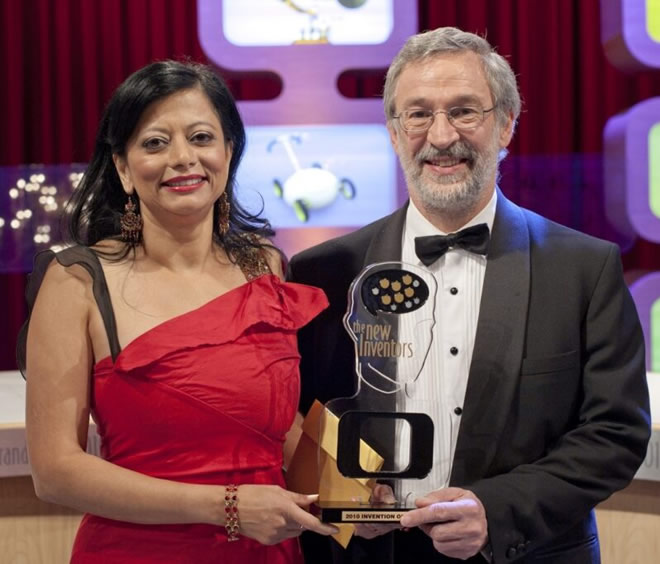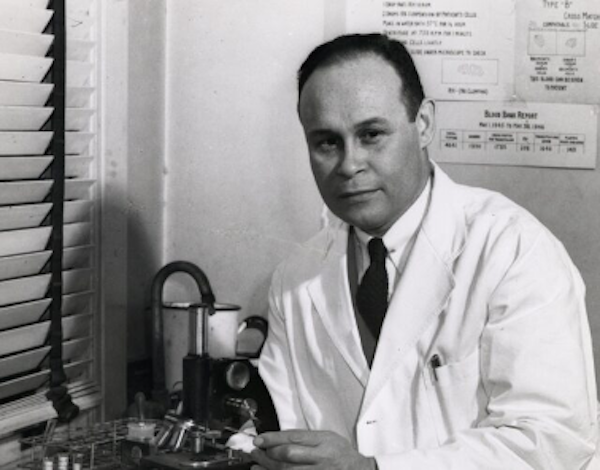
Highlights
“In science, the evidence is the truth. I knew that my work would win the argument. And it did”.
Dr. Jayashri Kulkarni has worked in psychiatry for over 30 years. Through her research and advocacy, she has made great strides in the understanding and diagnosis of mental health conditions. Much of her work has been focused on the specific treatment of mental illness in women, and specifically on developing treatments that reflect the unique biological, social, and psychological aspects of women’s healthcare. She is the director of the Monash Alfred Psychiatry Research Centre, which is dedicated to discovering new treatments, new understandings, and new services for people with mental illness.
Professor Brian Lithgow holds degrees in physics, electrical engineering, and biomedical engineering. His research and career have largely focused on vestibular and auditory electroneurophysiology, signal processing, and the development of diagnostic tools.
Dr. Kulkarni and Professor Lithgow teamed up to invent and develop a transformational diagnostic technique called “electrovestibulography”—EVestG for short. EVestG, which its developers liken to an “ECG for the mind,” is a diagnostic tool that measures patterns of activity in the vestibular system (used for balance and spatial orientation) to fast-track the detection of mental and neurological conditions.
Professor Lithgow was inspired to create the technique after observing that the vestibular system is closely connected to the primitive regions of the brain that relate to emotions and behavior. He theorized that measuring and comparing different patterns of electrovestibular activity could provide an objective way to identify neuropsychiatric conditions.
Professor Lithgow collaborated with Dr. Kulkarni to test volunteers and identify specific electrovestibular patterns associated with various neurologic and mental health conditions, including depression and bipolar disorder. Their research showed that certain patterns, or “biomarkers,” could be used to distinguish these conditions from one another. Their hope is that EVestG can be used worldwide as a fast, noninvasive, objective tool for the diagnosis of a range of mental health conditions.
Dr. Kulkarni and Professor Lithgow won ABC’s “The New Inventors” program’s “Invention of the Year” in 2010 and were finalists for the 2015 Eureka Prize for Excellence in Interdisciplinary Scientific Research. Dr. Kulkarni said of her team’s collaboration with Professor Lithgow: “Engineering and psychiatry are two disciplines that do not usually work together, but here at [the Monash Alfred Psychiatry Research Center], through our collaboration, we are at the forefront of translating biotechnology into clinical tools for psychiatric practice. While there is more work to be done, electrovestibulography could provide a major breakthrough in the diagnosis of mental illnesses.”
Author: Alexandra J. Olson




